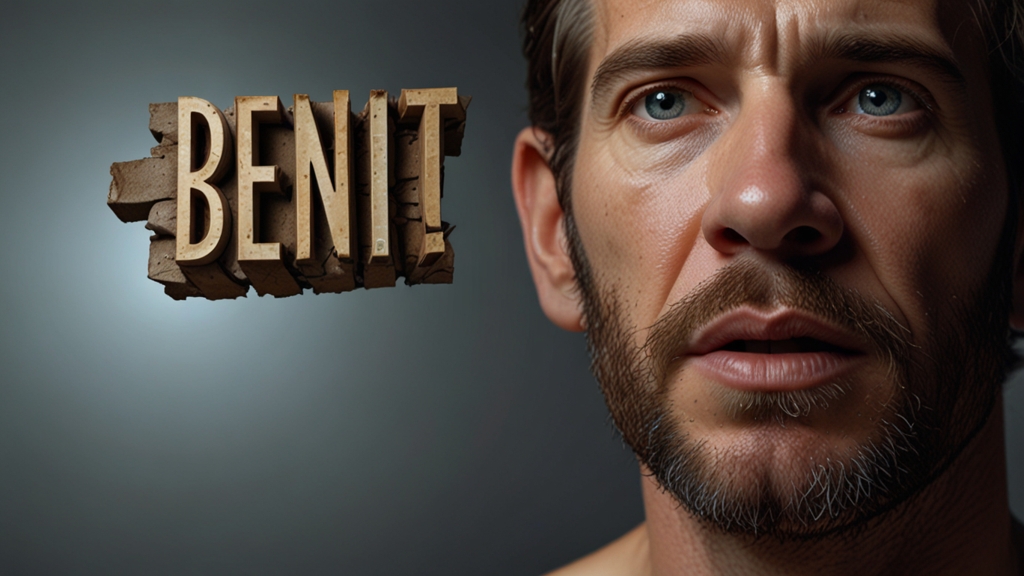Introduction
Mesopotamia, often referred to as the "Cradle of Civilization," is rich with historical significance and cultural heritage. Among the many aspects of life uncovered through archaeological endeavors, burial practices offer profound insights into how the ancient Mesopotamians viewed life and death. This article explores these practices, revealing beliefs, rituals, and social structures that defined Mesopotamian society.
Religious Beliefs and the Afterlife
The Mesopotamians believed in a complex pantheon of gods and an afterlife that influenced their burial customs significantly. The Sumerians, Akkadians, Babylonians, and Assyrians shared a belief in an underworld where the dead resided. Upon death, it was thought that the soul would embark on a journey to the netherworld, a place described as dark and gloomy, far removed from the joys of the living world.
"In the house of dust where dead men dwell, there is darkness, they eat clay, and they do not see the light." – Epic of Gilgamesh
Types of Burials
The methods of burial varied across different periods and regions within Mesopotamia, reflecting changes in religious practices and social structures. Here are some of the common types of burials discovered:
- Simple Pit Burials: During the early periods, simple pit burials were prevalent. The dead were typically laid in a flexed position, accompanied by everyday items such as pottery, tools, and personal ornaments.
- Brick and Stone Tombs: As civilization progressed, more elaborate tombs made of brick and stone became common. These tombs were often used by the elite, indicating social stratification within the society.
- Ur Burials: Another fascinating method was the use of large clay urns. The bodies were placed inside these urns, sometimes in a fetal position, which may have symbolized a form of rebirth.
Grave Goods and Offerings
The presence of grave goods is a significant aspect of Mesopotamian burials. These items served multiple purposes, from provisions for the afterlife to symbols of the deceased's status and achievements during their lifetime. Common grave goods included:
- Pottery: Bowls, jars, and cups were frequently placed within tombs, possibly to provide the dead with sustenance in the afterlife.
- Jewelry and Ornaments: Personal adornments such as necklaces, rings, and bracelets reflected the social status and wealth of the deceased.
- Weapons and Tools: Items like daggers, axes, and even agricultural tools were sometimes included, indicating the deceased's profession or status as a warrior.
"The dead were not buried empty-handed because the living believed they would need these belongings in the underworld." – Dr. Jane Doe, Archaeologist
Funeral Rites and Rituals
Funeral rites in Mesopotamia were elaborate and often involved a series of rituals. These rites were designed to ensure safe passage to the netherworld and to honor the dead. Key elements of these rituals included:
- Feasts and Offerings: Families would gather for funerary feasts, which were both a form of mourning and a way to honor the dead. Offerings of food, drink, and incense were made to gods and spirits.
- Invocation of Deities: Prayers and chants were directed towards deities associated with the underworld, such as Ereshkigal and Nergal, to seek their favor for the departed soul.
- Symbolic Acts: Rituals such as the breaking of pottery or the placement of specific symbols in tombs were performed to deter evil spirits and safeguard the deceased.
Conclusion
The burial practices of Mesopotamia provide a window into the beliefs, rituals, and social hierarchies of this ancient civilization. By studying these practices, archaeologists and historians gain a deeper understanding of how Mesopotamians viewed life and death, and how their culture evolved over millennia. The intricate traditions and beliefs underscore the humanity of these ancient people, bridging the gap between the past and the present.



